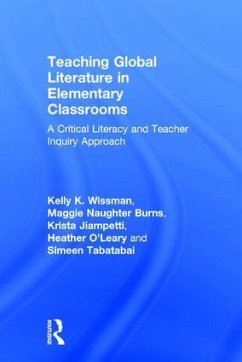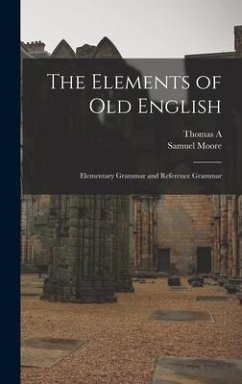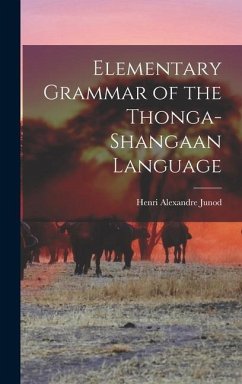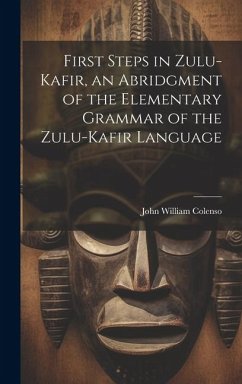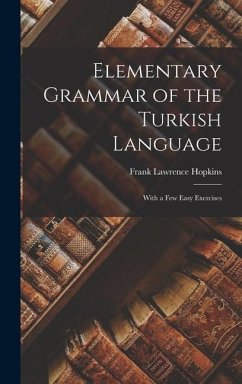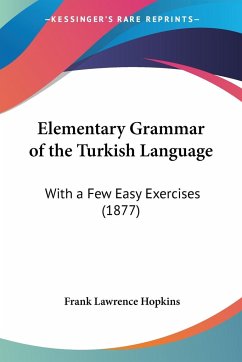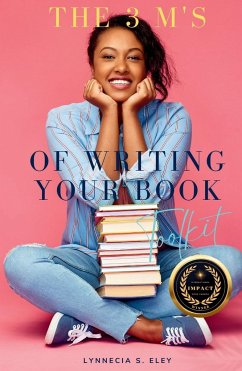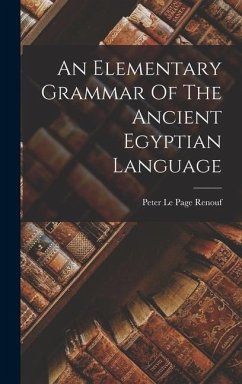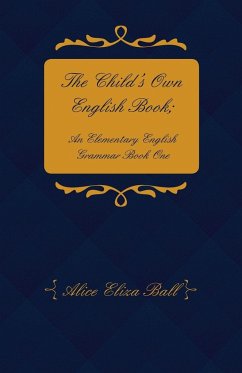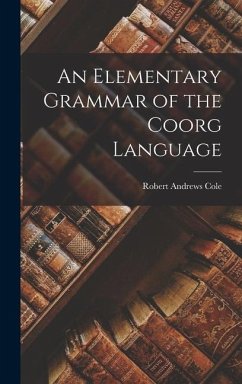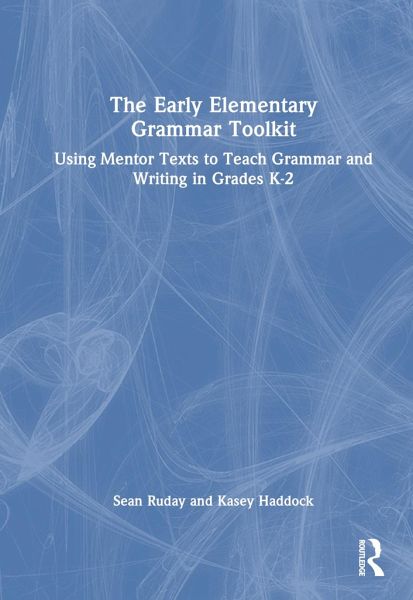
The Early Elementary Grammar Toolkit
Using Mentor Texts to Teach Grammar and Writing in Grades K-2
Versandkostenfrei!
Versandfertig in 1-2 Wochen
148,99 €
inkl. MwSt.

PAYBACK Punkte
74 °P sammeln!
Teaching grammar can be overwhelming and is often an overlooked part of effective instruction, especially for young learners. The Early Elementary Grammar Toolkit to the rescue! This comprehensive guide makes grammar instruction in the K-2 classroom fun and meaningful.





